| Blog Icon | Blog Title | |
|---|---|---|
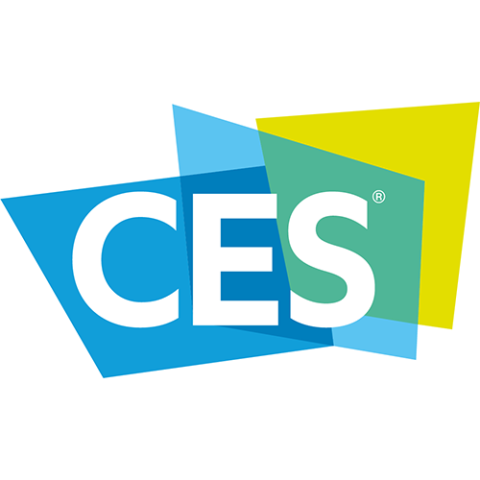
|
Visitors to CES 2018 will Experience the Future of Transportation– Alok Sanghavi,Sr. Marketing ManagerWhen visitors to CES 2018 want to travel to the Las Vegas Convention Center across town, it will likely be in a fully autonomous vehicle from Lyft getting them there. While this futurist trip will certainly be a first for many riders, this type of point-to-point travel will soon become commonplace. But questions concerning the safety of autonomous vehicles remain. For Lyft's CES demonstration, a backup pilot will be in the driver's seat for added safety. |
> |

|
What is an FPGA and Why the Answer is Changing?– Bob SIller,Director, Product MarketingWhat is an FPGA? With the advent of new FPGA architectures, the answer has changed more in the last two years than ever before. Traditionally, an FPGA or field programmable gate array, is a reconfigurable semiconductor device comprising programmable logic gates and interconnect or routing, connected to multipurpose I/O pins. An FPGA can be reprogrammed to perform any function, and its functionality can be changed over time. (For a great summary and history of the FPGA industry and technology. |
> |

|
What’s New in FPGAs at Achronix: A Q&A With EDACafé– Alexandra Saavedra,Sr. Marketing & Communications ManagerOur VP of Marketing, Steve Mensor, recently sat down with the team from EDACafé to talk about what's new in the world of Achronix. Read on to see the highlights of Steve's recent Q&A session. |
> |
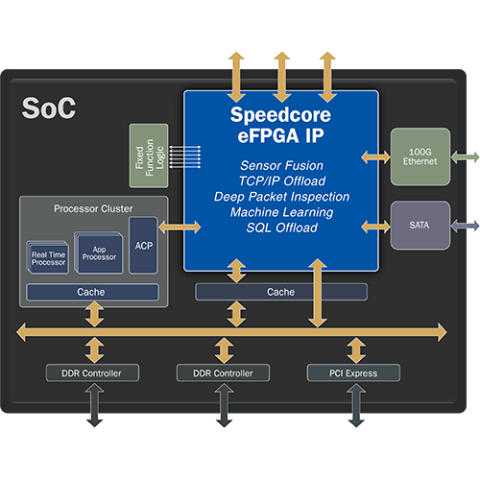
|
When, Why, and How Should You Use Embedded FPGA Technology for Hardware Acceleration?– Alok Sanghavi,Sr. Marketing ManagerIf integrating an embedded FPGA (eFPGA) into your ASIC or SoC design strikes you as odd, it shouldn’t. ICs have been absorbing almost every component on a circuit board for decades, starting with transistors, resistors, and capacitors — then progressing to gates, ALUs, microprocessors, and memories. FPGAs are simply one more useful component in the tool box, available for decades as standalone products, and now available for integration into your IC design using the Achronix Speedcore eFPGA, supported by Achronix ACE design tools. |
> |
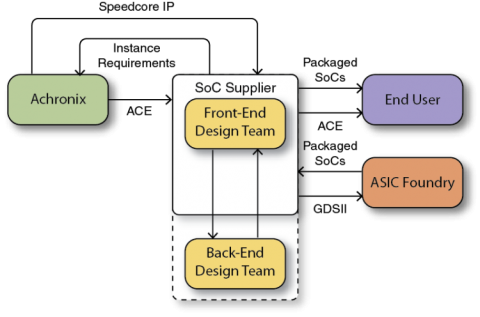
|
Who’s Who in the Zoo– Steve Mensor,Vice President, MarketingWhile the concept of eFPGA IP is fairly straightforward, the number of parties involved and their responsibilities may not be clear at the outset. It is the very programmable nature of an eFPGA that can cause confusion of who is responsible for what. With a standalone FPGA, there are three parties involved: the FPGA vendor, the foundry and the end user. The relationships between each are straightforward and well understood. |
> |

|
Why Achronix FPGAs are an Optimal Tool for HPC– Bill Jenkins,Director of Product Marketing AI/ML and MAGWith the proliferation of data and compute-intensive applications such as machine learning, the high-performance computing (HPC) industry has been growing at a white-hot pace, which was further made clear at SC22. Underlying this growth has been a great need for better hardware that can handle these intense computing tasks while providing low latency and high efficiency. Here we explore some of the major reasons why Achronix FPGAs are an optimal solution for HPC applications. |
> |
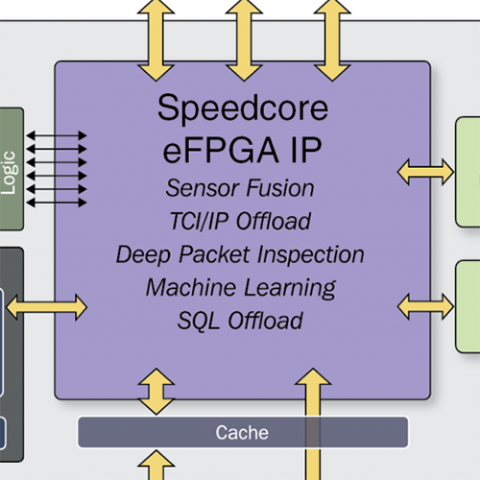
|
Why Designers Need to Look Towards Combining CPUs with FPGA Fabrics– Alok Sanghavi,Sr. Marketing ManagerGiven that the industry is beginning to reach the limits of what can physically and economically be achieved through further shrinkage of process geometries, reducing feature size and increasing transistor counts is no longer achieving the same result it once did. Instead the industry is, quite rightly, focusing on fundamentally new system architectures and making better use of available silicon through radical rethinking of how tasks are achieved within each device. |
> |
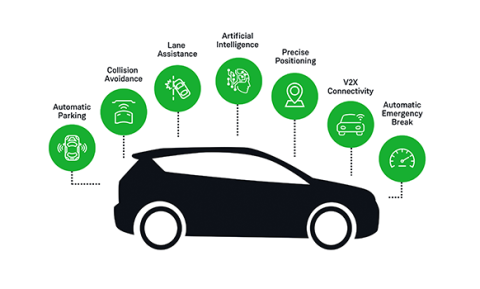
|
Why Embedded FPGA (eFPGA) IP is Ideal for ADAS Applications– Pascal Ravillion,Senior Manager Product MarketingOne of the major aspects of increasing vehicle electrification and autonomy is the proliferation of advanced driver-assistance systems (ADAS). In this blog, we’ll look at the hardware requirements for ADAS, how FPGAs have historically filled these voids, and why eFPGA IP will be the next ADAS hardware trend. |
> |
